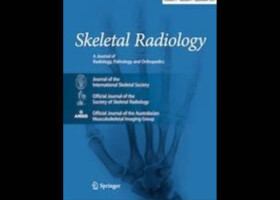
Authors:
G. S. Shapiro, P. J. Millett, Edward F. DiCarlo, Douglas N. Mintz, Francis W Gamache & Bernard A. Rawlins
Abstract:
Spinal hemangiomas were first described in 1867 by Virchow, and usually involve the vertebral body with occasional epidural extension. They are found in approximately 10% of all people, but are rarely symptomatic or of clinical impor- tance. Less commonly, they may occupy the epidural space without bony involvement. Epidural lesions are frequently symptomatic.
Hemangiomas, also called cavernous angiomas, cavernous malformations or cavernomas, are vascular hamartomas that, by definition, do not grow with mitotic activity. Most evidence supports hemorrhage and thrombosis with organization and recanalization as the mechanisms of growth, with additional support for hormonal control. Epidural hemangiomas without vertebral involvement are rare, with 56 cases reported. We report here on a thoracic spinal epidural hemangioma causing myelopathy in a 39-year-old woman. To our knowledge, this is the fourth report of an epidural hem- angioma related to pregnancy. Angiolipomas during pregnancy have been reported, and are also rare.
For the complete study: Spinal epidural hemangioma related to pregnancy
